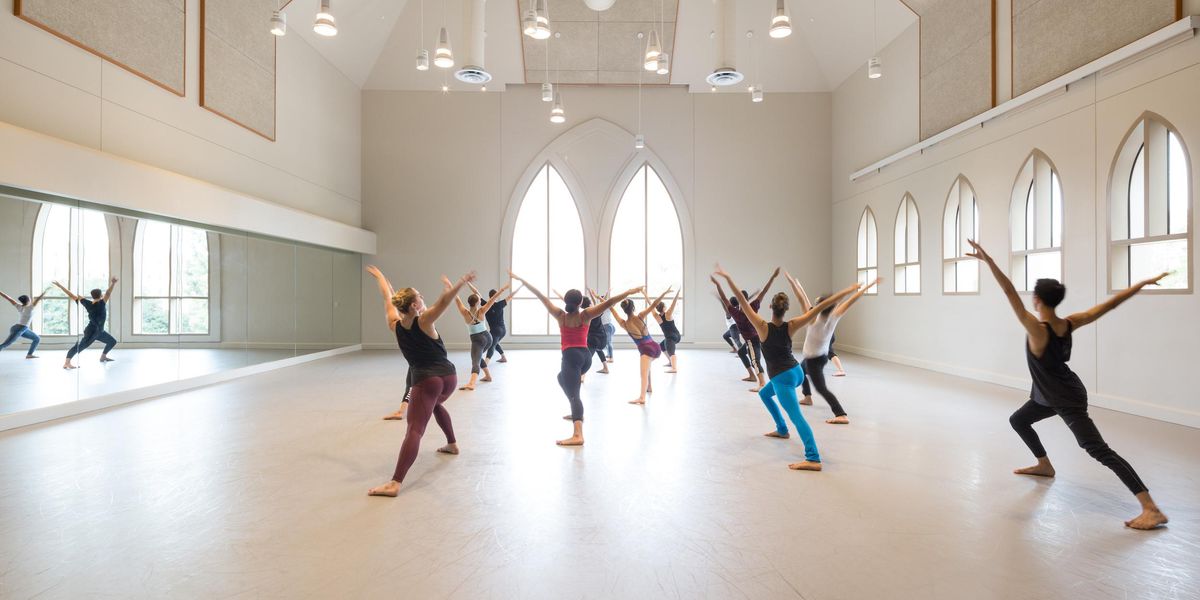4 Tech Tools That Could Transform the Dance World
It’s 2017, and by now we’ve seen a digital revolution in most art forms: our paperbacks are pixilated; we download songs by the dozen; TV shows come in streaming segments of binge-watching awesomeness. But until very recently, dance has remained a kind of analog anomaly.
Today, however, digital cameras the size of an acorn fit inside a ballerina’s jeweled tiara, while specially-crafted lenses capture the tiniest of gestures; computerized pointe shoes record footsteps as data that can be shown on a computer and later used to customize movement; flying drones hover above the stage, capturing a pas de deux sequence from mid-air.
From a research project done by The Forsythe Company and Ohio State University using a Motion Bank prototype
On a practical level, these tools enable choreographers and dancers to polish steps, make better use of rehearsal time, share work remotely, reduce injury and preserve repertoire—but there are drawbacks, too.
Digitized Dance Notation
Digital choreography programs like Dance Designer allow choreographers to choose and connect pre-recorded stock movements. Or, you can create your own unique 3D steps with The Motion Bank, a data collection company that uses Microsoft Kinect and motion tracking technology to record dancers’ movements and generate an archived “movement library.”
The premiere of Dutch National Ballet’s Night Fall, a virtual reality ballet. Photo by Michel Schnater.
But, these programs often only show how a step is done, not how to do it well. (One benefit of old school Labanotation is its symbols for movement quality.) And as with all dance notation systems, digital software is sometimes unable to accurately define dynamics and phrasing.
A New Kind of Camera
GoPros and drones can film hard-to-reach angles—and can create virtual reality experiences using 360-degree video technology. But though companies are hoping that access to high-quality dance footage will make audiences more excited about seeing live performances, it could have the opposite effect, making them content to stay home and watch from their computers.
E-traces
Footwear That Captures Your Every Step
What if a ballerina’s slippers could help capture her very movements? Motion-tracking “E-Traces” are slippers that feature a small electronic device attached to the bottom of a dancer’s shoe. The chip records a foot’s pressure and movement, allowing the dancer to effectively “draw” their movements in a pattern of data strokes that are then sent to a mobile app program for editing. Dancers can then use the app to interpret their movement, compare rehearsals and performances and make corrections. The only downside: The E-trace is visible against a pink shoe, which makes it obvious during performances.
The Ultimate FitBit
Another wearable helps prevent injury: Kitman Labs has devised the Athlete Optimization System, which tracks stats during and after workouts. It collects data on acceleration and deceleration, physiological factors (stress, mood, sleep), biomechanical response, muscle fatigue and methods of recovery so that dancers can monitor their regimen.




